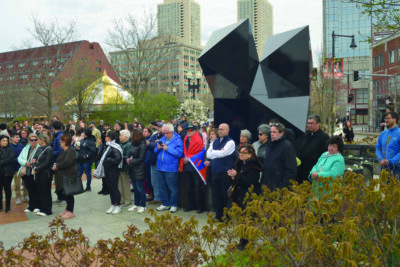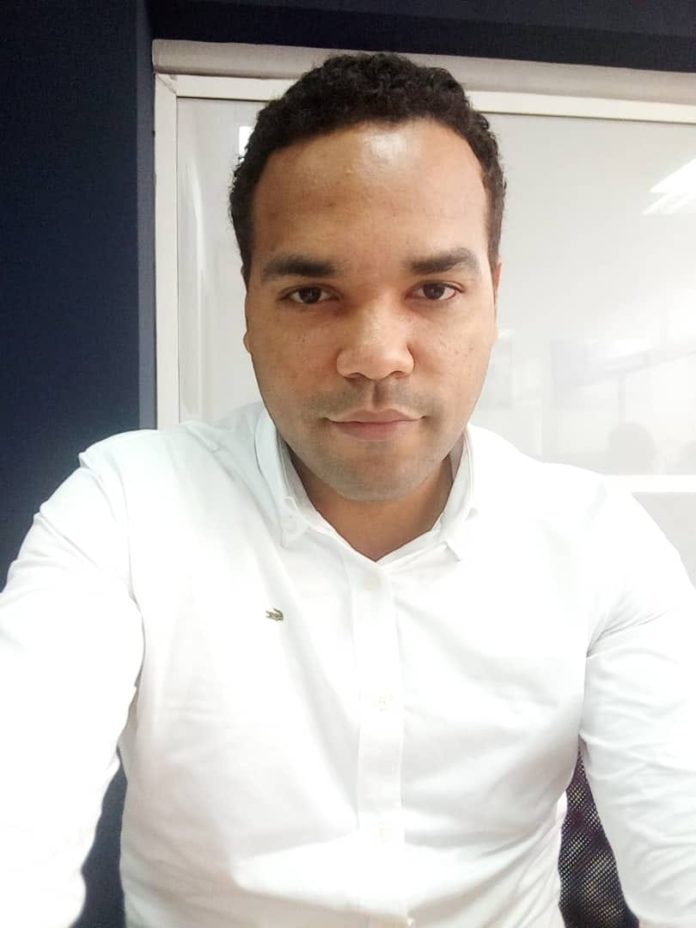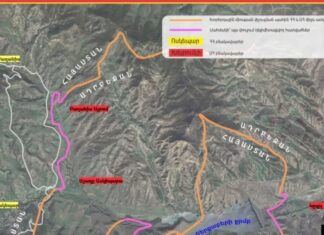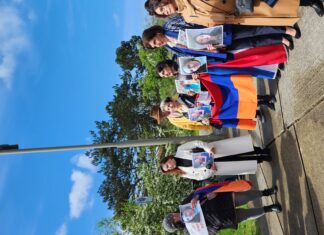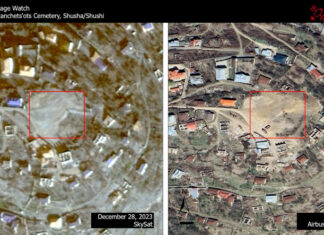KINSHASHA – In Kinshasa, the capital of the Democratic Republic of Congo (DRC) with a population of 12 million inhabitants, a handful of Armenians live.
During the period when the country was colonized by Belgium (1908-1960), very few Armenians lived and worked there. Veterinarian Hovhannes Mahdessian served in the Congo’s colonial government for ten years before being repatriated in 1947. Several buildings were built in Congo by the design of French-Armenian architect Kevork Arsenian (1898-1980). Mateo (Megerdich) Margosian was called the “cigar baron” of Congo. Among the Congolese were followers of the Armenian Apostolic Church — in the 1960s, a group of converts came to Holy Echmiadzin for ordaining and after they organized the Armenian Church of Zaire. In 1984 according to a statistics there were 100 Armenians in Congo. Today their number is less, but the Armenians living in Congo are always in touch with each other. In addition to those from the Middle East, there are also those born from the marriages of French-Armenian and Belgian-Armenian businessmen and local women…
My conversation is with one of them — young businessman Garro Nanikian. The son of an Armenian father and Bantu mother, Garro studied at the Protestant University of Congo, manages the SCS Company, which is engaged in the development of professional sports. This handsome young man is known in Kinshasa as the organizer of boxing and other martial arts competitions, and for some time he presided over the Armenian community of Congo.
Dear Garro, what is the sports arena like in Congo and what is your role in it?
We live in a country that promotes sports. The sports arena in Congo was really satisfactory until COVID slowed down activities. In fact, since the advent of social media and the fall in the price of sports channels, the Congolese have become more involved in sports than ever before. In fact, since the spreading of social network and downward of price sport channel contents Congolese people are more involved in sport than past years. Currently I am a fight sport promoter and I play a role as boxing matchmaker for Police of DRC.
For about 15 years I have been interested in the history of Armenian presence in Africa, particularly, in Eastern and Western, Central and South Africa. As far as I can see, the first generation is consisted hardworking businessmen and entrepreneurs from Middle East. What was the case of your family?
